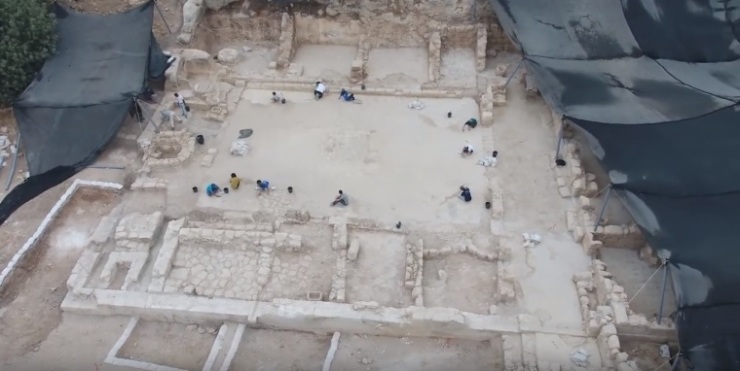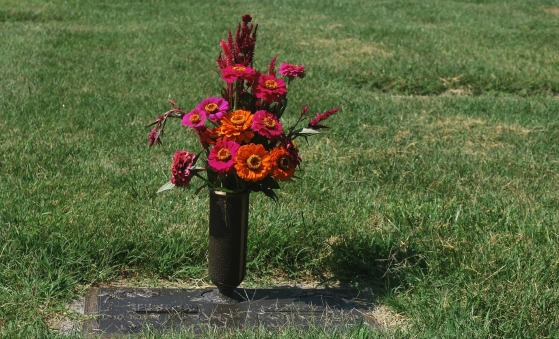
Researchers have unearthed the ruins of a 1,500-year-old church from the time of the Byzantine Empire at a site near Jerusalem that was dedicated to an unknown "glorious martyr."
Excavations by the Israel Antiquities Authority at Ramat Beit Shemesh found the church with a mosaic floor and Greek inscriptions, one of which explains that the church was built in honor of an unnamed "glorious martyr." While the exact date for the church remains unknown, a mosaic inscription spoke of an expansion to the church during the reign of Byzantine Emperor Justinian, who reigned during the sixth century.
Finds from the church were put on display at an exhibition titled "The Glorious Martyr" starting on Wednesday at the Bible Lands Museum in Jerusalem. The site is also known as "The Church of the Glorious Martyr."
"In the Byzantine period, locations traditionally associated with major events of the Old and New Testaments, including sites linked to saints and martyrs, were venerated as holy places. Churches containing martyrs' relics became important destinations for Christian pilgrims," museum noted.
"With its ornate design and prominent situation near the main road to Jerusalem, the highlight of a pilgrim's journey, the Church of the Glorious Martyr evidently drew many believers hoping to receive blessing within."
The museum also noted that the items discovered at the church included "one of the most complete assemblages of Byzantine glass window panes in Israel."
"These discoveries, along with the many clay and glass lamps that illuminated the church interior, enrich our understanding of the role of light in Byzantine churches," they added.
Benyamin Storchan, director of the excavation, said in a statement by the IAA that an inscription noting that work was done on the church under Emperor Tiberius II Constantine held significance.
"Numerous written sources indicate that the empire funded churches in the Land of Israel, but in the archaeological study, very few inscriptions such as the one found in Beit Shemesh are known," said Storchan, as reported by The Jerusalem Post.
The church was first uncovered by the Construction and Housing Ministry during construction work aimed at expanding the city of Bet Shemesh's suburb Ramat Bet Shemesh, which is located about 18 miles from Jerusalem.
Courtesy of The Christian Post.




